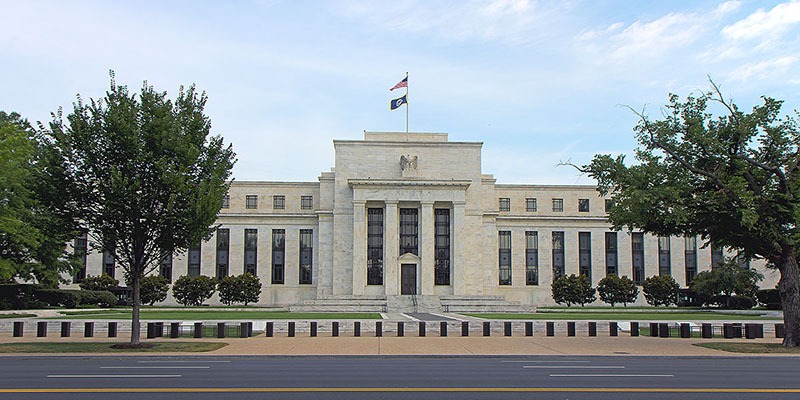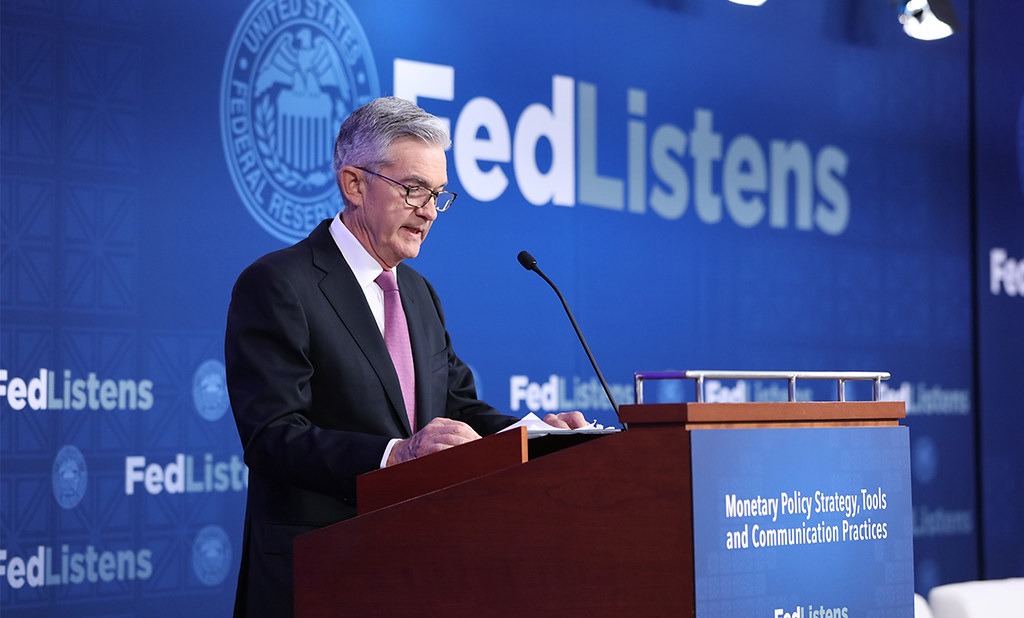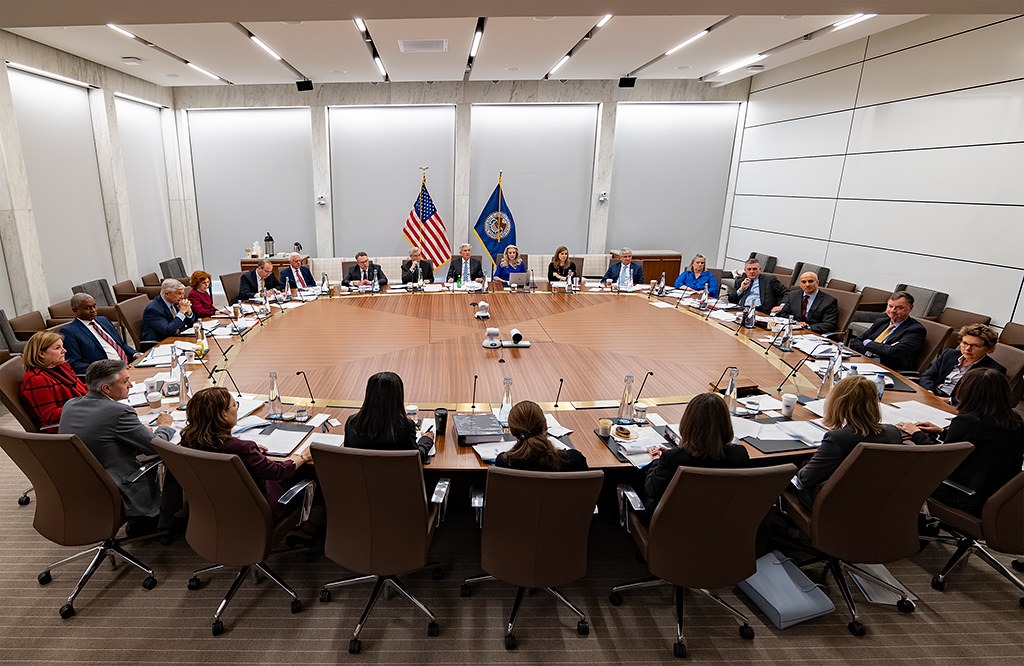The financial world is in turmoil after the July meeting minutes of the Federal Reserve and hints at a rate cut likely coming in September. As markets have fully priced in this possibility, investors are left wondering what it means for them and for the economy at large.
Table of Contents
Key Takeaways from the Fed Minutes
According to the minutes from the July 30-31 meeting, there is a strong feeling among Fed officials that if the economy continues to act according to expectations then a rate cut can be possibly expected during September. That would be the first reduction since the emergency measures early in the days of COVID-19 pandemic.
- The majority opinion: Many participants believed that it would be wise for September to ease monetary policy, provided that economic conditions remained unchanged. Hence forth, this has led to market anticipation with regard to the expected cut.
- Diverging views: However, there were also indications of some officials’ desire for early rate cuts amid FOMC’s vote (Federal Open Market Committee) on holding them steady in July. This debate between inflation fight and economic growth anxiety just shows how careful the Fed has been.

Inflation and Labor Market Concerns
The talks revolved over the labour market and inflation. Two main issues were brought up in the Fed minutes:
- Easing Inflation: Most participants were confident that inflation was on a sustainable path towards the Fed’s 2% target. Recent data suggested that price pressures were easing, which strengthened the case for a rate cut.
- Labour Market Uncertainty: On the other hand, several officials raised alarms about the labour market. The Bureau of Labor Statistics had reported that nonfarm payroll gains might have been overstated by more than 800,000 from April 2023 to March 2024. The July jobs report also showed a modest increase of just 114,000, alongside a rise in unemployment rate to 4.3%. These signs of a cooling labour market added to the urgency for potential rate cuts.
Market Reactions and Economic Implications
The stock market reacted initially in a positive way to the Fed’s July meeting but soon there was turbulence. The fear among some that the central bank was taking too long to ease monetary policy became stronger particularly after data showing an unexpected rise in unemployment claims as well as contraction of the manufacturing sector.
Nevertheless, these fears were somewhat countered by later data releases which showed normal levels of jobless claims and retail sales higher than expected. Investors were left uneasy by these contradictory signs but overall anticipation is that the Fed would still take action within September.

Looking Ahead: What to Watch For
As we approach September, several factors will be critical in determining the Fed’s next move:
- Forthcoming economic data: Keep an eye on crucial parameters like inflation statistics, joblessness rates and consumer expenditure reports. These determinants will be vital in making choices by both Policy makers and analysts in this sector.
- World’s Economic Conditions: Because of the interconnection of global marketplaces, any drastic economic occurrences in foreign places might have an effect on the position taken by the Fed. Look at issues of global trade including trade wars, war and peace measures, growth or decline in GDP among other things related internationally.
- Market Sentiment: The federals sometimes adjust their views based on how investors feel about the economy. For example if there are fears revolving around different markets regarding stability then Feds might be forced to lower their interest rates further.
Final Thoughts
The prospect of a rate cut in September by the Federal Reserve is a milestone for the US economy. Investors should not lower their guard now; the coming weeks will be formative in setting the financial environment for the rest of this year. Staying abreast of developments and being flexible are important here whether one is an investor who plans to stay long-term or a day-trader.
Understanding the Potential Fed Rate Cut in September
1. What did the Fed minutes reveal about a potential rate cut in September?
It read from the minutes of the Federal Reserve’s meeting held on July 30-31, that most of the officials were of the view that if the economic data continued to meet projections, a rate cut would be probable in September. This would mark the first reduction in interest rates since they were lowered following emergency measures during early months of COVID-19.
2. Why is the Fed considering a rate cut?
A drop in interest rates is being considered by the Fed in light of reduced inflation and apprehension about a decelerating labour market. Presently available figures indicate that inflation is trending towards the 2% goal set by the Fed while also showing signs of labour market deterioration such as falling employment rates and rising joblessness levels.

3. How do the Fed minutes affect market expectations?
The Fed minutes have heightened market anticipation for a September rate cut. The markets have taken this potential move into account, showing that investors expect the Fed will ease monetary policy in order to encourage economic growth.
4. What are the key concerns influencing the Fed’s decision?
The two primary worries are inflation and the labour market. Although inflation has displayed signs of relaxation, the labour market at the same time experiences some difficulties, as it can potentially overstate the job gains and the unemployment rates may increase. These reasons influence the Fed to contemplate a reduction in interest rates.
5. How did the markets react to the Fed’s July meeting?
At first, the responders were satisfied when the central bank left overnight lending rates unchanged in July. However, fears of a sluggish response by the Federal Reserve to ease its monetary policies caused fluctuations in the stock markets during the subsequent days.
6. What economic indicators should investors watch leading up to September?
Inflation reports, unemployment figures, consumer spending data and global economic conditions need to be watched by the investors. Such indexes can help know what the Fed may do in September.
7. What impact could a September rate cut have on the economy?
A reduction in the interest rates may decrease the costs of borrowing, which possibly leads to the stimulation of economic development through spending and making investments. Nevertheless, it can show that there is some apprehension on how robust the economy is and this may affect people’s moods about markets as well as their ways of putting money into them.
8. How can investors prepare for the possibility of a rate cut?
Economic developments are something that investors need to keep track of and be prepared to change their investments depending on what the Fed does. Keeping in mind issues relating to diversification of investments, interest-sensitive sectors as well as flexibility will help one navigate through possible fluctuations in the market.
9. Are there any risks associated with the Fed cutting rates?
Definitely, although lowering rates may increase economic activity, this may lead to worries regarding the Fed’s belief in the state of the economy. It might contribute to more unpredictable markets and apprehensiveness in case such a decrease in rates is perceived as an answer to bad economic times.
10. When will the Fed make its final decision on the rate cut?
Most probably, the Fed will hold back its decision until the next market instruction session is held on policy in September. Also, as far as this meeting is concerned, it is good for investors to have a close watch on anything that may be coming from them or any economic measure that could be mentioned.
Disclaimer: The information in this “Stock Profile” blog post is for informational purposes only. It is not financial advice. Always consult a qualified expert before making investment decisions.







